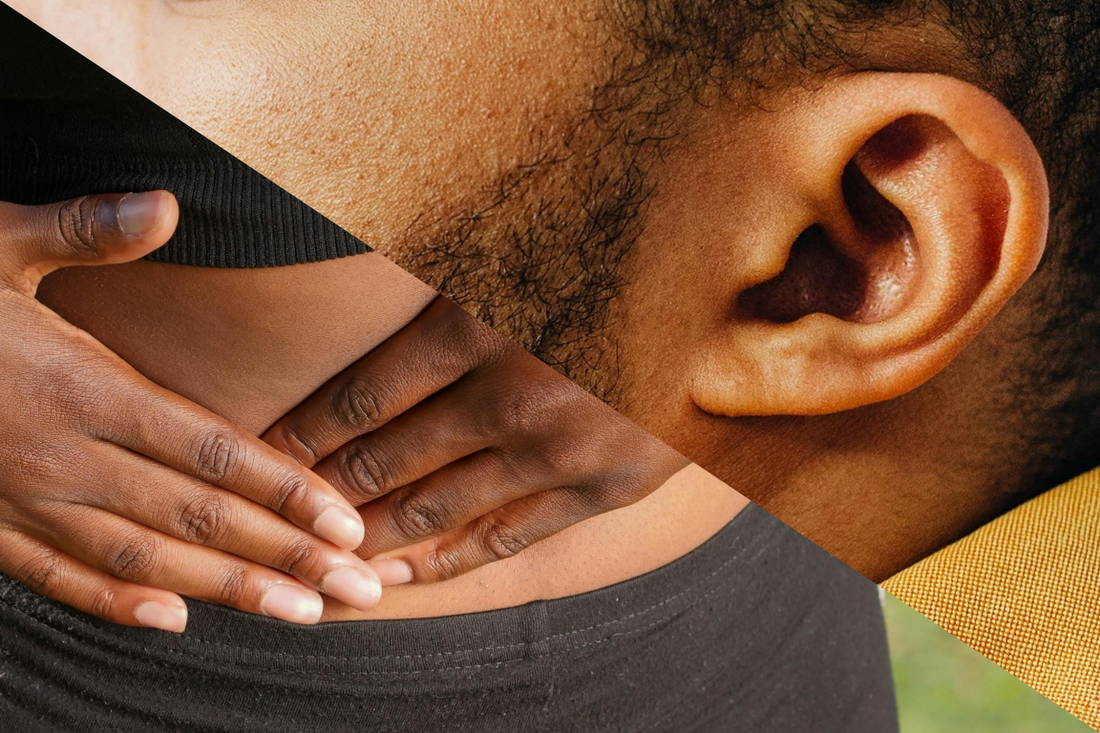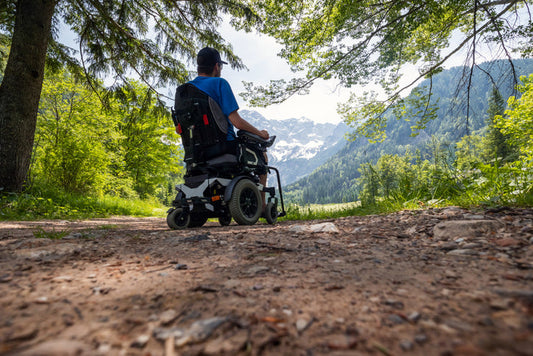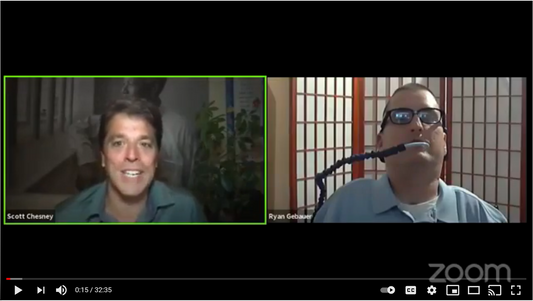
Pressure Points for Constipation: Do They Actually Help?
Constipation is clinically defined as fewer than three complete spontaneous bowel movements per week, often with hard or lumpy stools. Triggers include low-fiber intake, dehydration, medication side effects, and neurogenic bowel dysfunction (e.g., spinal cord injury). Acupressure or auricular stimulation of pressure points is commonly claimed to offer fast constipation relief or chronic constipation help, but what does the scientific literature show?
What Are Pressure Points and How Are They Supposed to Work?
Acupressure involves applying pressure to specific body or ear points thought to influence gastrointestinal motility. While the exact physiological mechanism remains unproven, clinical trials explore whether stimulation at points like ST25, SJ6, and the ear can trigger bowel responses. Importantly, existing evidence is limited—trials are often small, with short duration and varying methodology—so findings must be interpreted cautiously.
What the Science Says About Acupressure for Constipation
- Inpatients with stroke: A randomized controlled acupressure trial using ST25 and SJ6 showed improvement in stool form and reduced use of defecation medications during hospital stay (Lippincott Journals, PMC, ScienceDirect).
- Self-administered acupressure in chronic functional constipation: A 154‑patient trial (prospective design with sham control) is underway to assess effects on complete spontaneous bowel movements (CSBM ≥3) over an 8-week intervention (Lippincott Journals).
- Auricular acupressure (AA) meta‑analyses: One systematic review of 34 RCTs (n=2,465) found AA significantly improved CSBMs (MD ≈ 1.22), stool consistency, constipation assessment scores, and responder/cure rates—but rated evidence quality low to very low (ResearchGate).
- Older residential care population: A randomized clinical trial in older adults using AA at seven ear points (large intestine, rectum, San Jiao, spleen, lung, sympathetic, subcortex) reported reduced symptom severity and improved quality-of-life scores (p<0.0001) (BioMed Central).
Despite these findings, limitations include heterogeneity in protocols, risk of bias, and few high-quality sham-controlled (aka placebo-controlled) trials.
Acupressure for Constipation: What to Try and Where to Press
- ST25 (Tianshu): abdominal point ~2 inches lateral to navel—used in a stroke inpatient study (PMC)
- SJ6 (San Jiao 6): forearm point ~three finger-widths from wrist crease—a common pressure point used in multiple trials (PMC)
- Auricular acupoints (of the ear): standardized set—large intestine, rectum, San Jiao, spleen, lung, sympathetic, and subcortex—tested with vaccaria seeds over ear (BioMed Central)
Note: Always consult a healthcare provider before trying acupressure, especially in neurogenic bowel conditions.
Safe, Evidence-Based Alternatives for Fast Relief
- Hydration, fiber-rich diet, physical activity, and appropriate use of osmotic or stimulant laxatives remain clinically recommended for chronic or neurogenic constipation.
- A mini enema like Enemeez or other at-home enemas can deliver fast constipation relief, especially in neurogenic bowel treatment or when routine measures fail.
- These should be considered gentle laxative alternatives only when used correctly, ideally alongside prevention strategies and bowel care programs.
Conclusion
Pressure point methods—body acupressure and auricular stimulation—show modest potential as adjuncts for chronic or neurogenic constipation, but overall evidence is limited in quality. For reliable fast relief, evidence-based approaches like hydration, fiber, bowel care, and at-home enema use are preferable. Always consult a healthcare provider before initiating new therapies.
An Additional Note on Sham Controlled Trials
A sham-controlled trial is a type of clinical study where the control group gets a placebo-like version of the treatment—one that looks and feels as much like the real thing as possible, but without the active therapeutic component.
For acupressure or acupuncture, this might mean:
- Pressing on non-therapeutic points instead of the true pressure points.
- Using a device that feels like it’s applying pressure or inserting a needle but doesn’t actually stimulate the intended spot.
- Applying very light or superficial touch that won’t trigger the same physiological effects.
Sham Controls in Constipation Acupressure Studies
- Stroke Inpatient Trial (Taiwan) – In the sham group, researchers applied the same duration and frequency of touch as the treatment group, but at points not associated with gastrointestinal function. This maintained the sensation of acupressure without stimulating the therapeutic meridian points (PMC10404096).
- Self-Administered Acupressure Trial (China) – The sham group was trained to press 1–2 cm away from the true points (ST25, SJ6) on the abdomen and arm. Pressure intensity, duration, and session count were identical to the intervention group, but the locations avoided known GI points (Medicine (Baltimore) 2021;100:e26518).
- Auricular Acupressure in Older Adults (Hong Kong) – Sham AA involved attaching seeds or beads to ear locations unrelated to bowel function, while still taping and instructing participants to massage them three times a day. This ensured the tactile experience matched the real intervention (BMC Geriatrics 2023;23:716).



